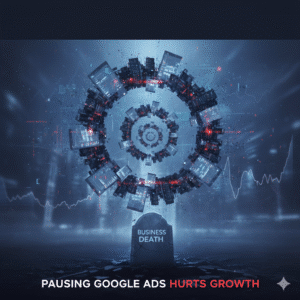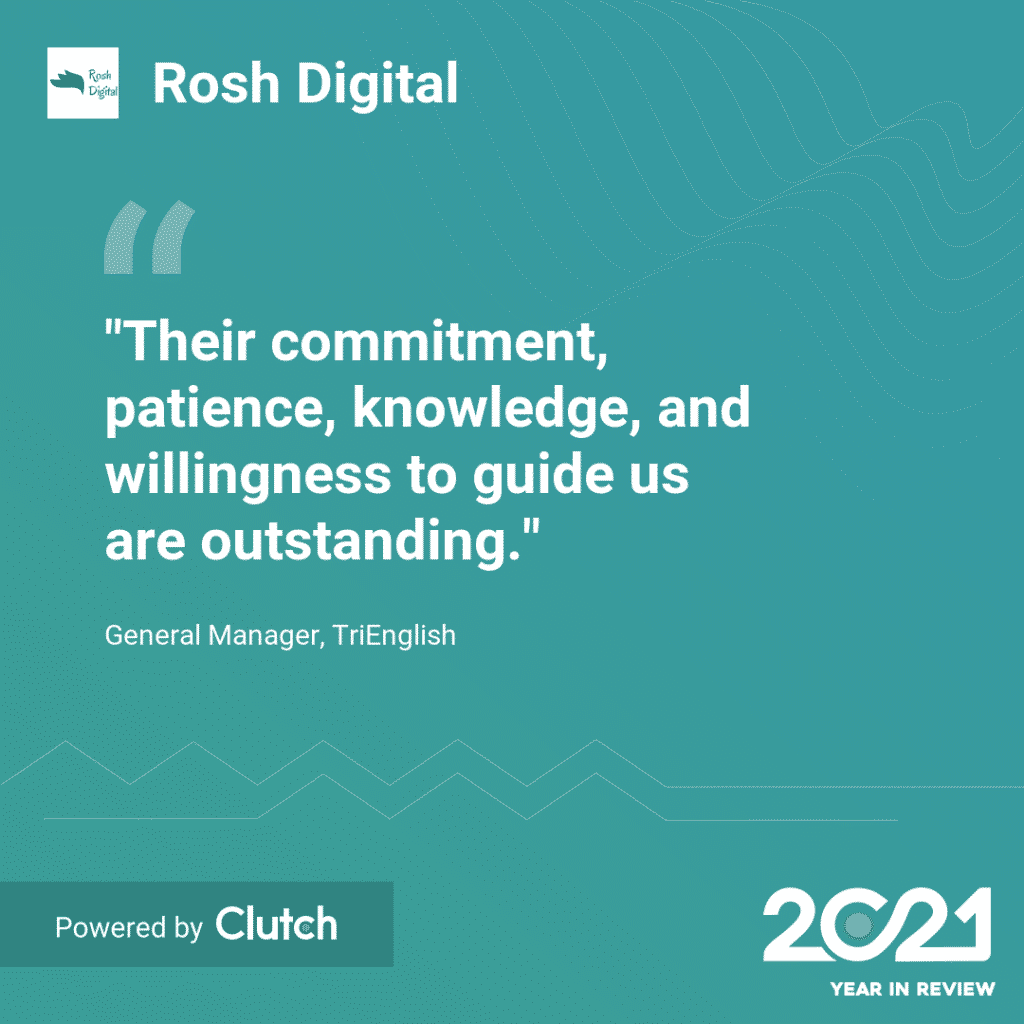Introduction
In today’s highly competitive digital landscape, businesses are constantly seeking effective marketing strategies to reach and engage their target audience. Two prominent approaches that have gained significant traction are outbound marketing and inbound marketing. While both methods aim to drive customer acquisition and business growth, they differ in their strategies and execution. This article will explore the key differences between outbound marketing companies and inbound marketing companies, helping you determine which approach is the right fit for your business.
Outbound Marketing
Outbound marketing, often referred to as traditional or interruptive marketing, focuses on pushing promotional messages to a wide audience. It involves tactics such as cold calling, direct mail, TV and radio advertisements, and email blasts. Outbound marketing companies strive to generate leads by proactively reaching out to potential customers. They rely on mass marketing techniques to capture attention and generate immediate interest.
Pros of Outbound Marketing
- Wider reach: Outbound marketing allows businesses to cast a wide net and reach a large audience quickly.
- Immediate results: By aggressively promoting their products or services, outbound marketing companies can potentially generate immediate leads and conversions.
- Brand exposure: Traditional advertising channels like TV and radio offer broad brand exposure, increasing brand awareness.
Cons of Outbound Marketing
- High costs: Outbound marketing campaigns often require substantial financial investment, especially for advertising on traditional media platforms.
- Intrusive nature: Outbound marketing methods can be disruptive and unwelcome to recipients, leading to negative brand perception.
- Lower engagement: As outbound marketing primarily relies on one-way communication, it may struggle to foster meaningful engagement and build long-term customer relationships.
Inbound Marketing
In contrast to outbound marketing, inbound marketing focuses on attracting potential customers through valuable and relevant content. Inbound marketing companies employ strategies such as search engine optimization (SEO), content marketing, social media engagement, and lead nurturing. Their goal is to create a strong online presence, establish thought leadership, and generate leads by providing helpful information and addressing customer pain points.
Pros of Inbound Marketing
- Targeted approach: Inbound marketing allows businesses to target specific demographics and reach potential customers who are actively seeking solutions.
- Cost-effective: Compared to outbound marketing, inbound marketing often has a lower cost per lead, making it an attractive option for businesses with limited budgets.
- Relationship building: By consistently delivering valuable content, inbound marketing helps build trust, credibility, and long-term customer relationships.
Cons of Inbound Marketing
- Time-consuming results: Inbound marketing requires time to generate results, as it focuses on building organic growth and relationships rather than immediate conversions.
- Content creation demands: Inbound marketing heavily relies on creating high-quality content consistently, which can be challenging for businesses without dedicated resources.
- Competitive landscape: As more businesses adopt inbound marketing strategies, the competition for visibility and audience attention intensifies.
Choosing the Right Approach for Your Business

The decision between an outbound marketing company and an inbound marketing company depends on various factors, including your target audience, budget, industry, and goals. Consider the following points when making your choice:
- Audience preferences: Research your target audience to understand their preferred communication channels and how they engage with brands.
- Budget allocation: Assess your budget and determine whether your business can afford the upfront costs associated with outbound marketing or prefers the long-term benefits of inbound marketing.
- Business objectives: Consider your growth goals and the timeframe in which you expect to see results.
Conclusion
Both outbound marketing and inbound marketing have their merits and limitations. While outbound marketing offers a wide reach and immediate impact, inbound marketing focuses on targeted engagement and long-term relationship building. To determine the right approach for your business, evaluate your audience, budget, and goals carefully













